Now Im back home and the kitchentable is filled with relics waiting for cleaning so I better get to it :)
|
Despite heavy rain I got up early and headed back out to the forest. I have to use the time wisely now before winter hits so I went straight up to one of the ditches I ve located earlier. Before I got there I was soaking wet and the top layer in the dumping pit was muddy. Today I wasn`t as lucky as yesterday coz this one was full of broken bottles, and it looked like the guys had done a better job with setting it on fire back in 1945 than the last pit I dug. Still, between all the broken and destroyed rubbish a few gems was hiding. The relic pile on the edge of the ditch grew steadily. One of the first bits I stacked up there was a empty M24 head. I dug for about 5 and half hour before I could call it done and luckily the rain had stopped after the first hour of digging. I had found a whole bunch of nice intact bottles, a couple of melted ones as well. Also several spoons, a swedish razor, a Heer belt buckle, Odol bottle, a filed torch and some trench made ashtrays. Of the more interesting finds was a spare ski tip made from metal, a messkit with a name engraved and a trench-art box lid, I really searched around for the rest of it, but had no luck so Im hoping it is in the un-dug pit next to this one, which I ll try dig next week sometime. Now Im back home and the kitchentable is filled with relics waiting for cleaning so I better get to it :) My view most of the day. Empty M24 head. A big knife with leather scabbard,could be field made. Spare ski tip. Trench-art box lid and a Esbit burner. The lid cleaned lightly. "Zur Erinnerung an die Eismeer front." German canteen and messkit, the engraved messkit lid Im not sure waht origin it is,engraved name sounds Italian,"Bittolo" Trench art shotglass made from a 2cm casing. Im always happy to find these old toothbrushes, my Girlfriend absolutely loves them:) Swedish made razor. Leather pouch for EKM,but still no EKM found. A dice and gaming pieces. German coin,that makes it 70 found in two days. Boot heel irons, bakelite bits and field torch. Heer buckle. Keys. Odol bottle, even some of the label intact, always wanted to find one :) Clasp for canteen, marked " Ritter. D.R.G.M" More spoons. RG34 cleaning kit and 3 pocket knifes. Bakelite box with a metal lable. Ashtrays. The backpack got filled up. I had blue lunch again today.
0 Comments
This morning one of my kitties woke me up around 06 by collapsing a pile of stuff creating a livingroom avalanche, so there was little to do but get out of bed and brew some coffee. While drinking the black liquid from the gods I realized it was thursday, which in any normal world means weekend and digging. I packed my stuff and drove to a Heer camp I ve been searching a few times this summer. I had two-three dumping pits located there already so there was no need for the detector today. I started in one end of a two meter long ditch, digging carefully and searching through the soil I dug out. For once there was almost no broken glass but as I got down towards the bottom I saw it had been set on fire at some point. I found a few nice medical bottles, a handfull of cream- and toothpaste tubes and lots of food tins. In the bottom of the end I started I pulled out a good looking Norwegian Krag bayonet, thats a first for me. I ve found a couple in barns up through the years but none while digging, so the day was already saved. When I had dug out the one side I turned around and worked my way through the rest of the ditch. In the middle of it I found a German coin, and then another and another and it kept pouring out, in the end I had 69 coins filled into a trench art metal cup. Most was German but there was a few Finnish coins there as well. Sadly they was in the middle of the burned layer so many of them was in a sad state. I proceeded with digging out a crusted SA Sportsbadge and a canteen in good condition, which I think is from the Finnish Army. In the last corner of the ditch I dug out a metal box which might have held the coins as it looked like a cash box, also a Luftwaffe porcelain plate, some scissors and a enamel medical tray. I had dug for 5 hours and my bag was filled up so I put the dug out soil back in its place and headed home to clean up my finds and chill with a cold beer in the sun. A huge leather boot sole and a smaller wooden sole. EKM pouch, no EKM in it though. A small shaving mirror. The canteen which I believe is Finnish. Leather carrier for the pioneer axe. Spoons and two Märschgetrank bottles. Clasps and buckles and a field torch battery. Mouthpieces for pipes. Part from a lighter, marked "1000 Zunder. D.R.P" The lighter part cleaned up. Krag bayonet. A cup full of coins. 69 coins in total. SA Sportsbadge. Frying pan, messkit lid (Polish?) and a metal plate. Another one of those lovely vinegar bottles. A broken plate. Medical tray. A nice brass chain. Knives, a fork, padlock, bottle openers, a can opener and gaming pieces. The forest is full of blue gold so I had berries for lunch:)
Yesterday I was in Finland picking up my brother and on the way back to Norway we spotted an interesting sign so we had to make a stop. Next to the road towards the Norwegian border the local municipality had built a small museum , and restored ca 1200 meter of the German defensive line "The Sturmbock Stellung". This was a strong position built in 1942 made to protect the important Norwegian harbours from a potential Red Army push. It was built by Pioneer troops, Org.Todt and around 3000 Soviet POWs. The trenchlines and positions has a great overview of the flat Finnish landscape and is overlooking some smaller hills in the distance and the road going towards the border. In October 1944 it was manned by 12000 troops from the 7th Gebirgsjäger Division, but after the retreat of the German forces into the Lyngen line in Norway it was abandoned early January 1945 after smaller skirmishes with Finnish troops. Walking around in the reconstructed positions was very interesting and the small exhibition in the Museum building is nicely made. There is also a cafeteria where you can grab a snack and a coffee. This is a site one really need to visit if one is driving through the area :) Barbed wire fences lined up in front of the trenchline. Firing position for light MG. A bunker for 10 men. Heavy MG position overlooking the road. Ammo bunker. Frontline Latrine. Nebelwerfer position. 7.5 cm PaK bunker. 2 Cm FLAK.
It has been a few weeks now since last digging so last night we decided to get out to the forest. Early morning today me and the Girlfriend prepared for a day out. The sky was grey and heavy with waterfilled clouds but when we got to the site the sky had cleared up a bit and the temperature was rising. Still, with the rays from the sun shining between the tree trunks there was no hiding that autumn is here. Leaves are getting yellow and the forest floor is becoming fiery red and filled with berries. I got the detector out and began searching while Girlfriend took out a bag and started looking for the delicious blueberries. I had got stuck in a small patch where it was signals everywhere. I dug out a large ditch with a big cast iron oven and four snow shovels plus a few rotten field torches. The next signal I had was of the type that can get the pulse up a notch, a live Tellermine on top of a pit filled with food tins, the strangest combination of relics I ve found in a dumping hole thats for sure. The teller got placed deep underground and the coordinates noted down for reporting it to the EOD. The hours went by and Girlfriend had picked two big bags of berries while I had managed to find a few relics worth saving when we decided to slowly find our way back to the car. Just a few hundred meter from the parking space I saw some relics peeking out from under the berry bushes so we took the time to check it. It was a small dumping pit but it held a good pile of nice relics. Several pocket knives, some uniform buttons, a couple of axe heads, a ton of melted glass, a fork with Waa and eagle stamps and some K98 ammo was some of the stuff I piled up for taking home. When I had found the edges of the pit and dug through it all I leaned back and said to Girlfriend "Thats it, no more relics here!" while I was grabbing a handfull of sand, but it wasn`t sand I got in my hand, but a War Merit Award with Swords!! A spectacular end of the day! We filled back the pit and got ourself home where we baked bread and made fresh blueberry jam,,,And we are probably going back out there tomorrow to get more rust and the Blue gold :) 12.7 casing. K98 wooden tipped training rounds. Enamelled plate, ski wax, k98 casing and a tiny horseshoe. T.Mi. 35 Al. A large oven. Snow shovels. Toothpaste. Field torches. K98 round. Detonator. Spurr. Tunic button, rubber cap for medical bottle and mystery metal square, marked "K40". Small ashtray. Tunic button in Blueberry covered hand. I wonder if it could be a sign or some kind of flag frame. The blue gold. The pile of relics to bring home from the last pit. Axe heads. Some kind of gauge, the glass is nicely melted. German 2 pfennig from 1906. It was loads of burnt papers on the bottom of the pit. Door handle with key. Scissor and a melted ampoule. Pocket knifes. Shaving kit. Primus encapsuled in melted glass. Cigarette case. Lighter. Concrete :) The War Merit cross.
Next to the 800 year old Trondenes Church outside Harstad you can visit this Red Army POW memorial. During the war up to 1200 POWs suffered here crammed into a camp. They had been brought here for building the nearby coastal fortification "Batterie Theo" MKB 5/511 with its four massive 40,6 Cm guns. Approximately 800 of the prisoners died here through starvation, sickness, cold, hard labour and murder. The dead POWs was buried between the camp and the old church, and in 1951/52 the cemetery was exhumed and the bodies relocated to the War Cemetery at Tjøtta further south in Northern Norway in what became known as "Operation Asphalt". In 2014 the area where the camp had been was reclaimed from the forest and a path with informational signs put up for visitors. The barracks and watchtower foundations is clearly visible and in the outskirts one can see the trail the German guards patrolled outside the camp fences. This is a place one should visit and pay ones respect when in the area as it tells a grim story in what is today idyllic surroundings. Video below: Outside Harstad in Northern Norway one can visit the famous "Adolf Cannons" on the former German coastal fortification MKB 5/511 Batterie Theo. The building of this large complex began in 1943 and consisted of four huge cannons, caliber 40.6 Cm. Organisation Todt was responsible for the construction and brought 1200 Soviet POWs for the labour. The cannons had been constructed in 1934 and was planned used on a huge "H" Class battleship but it was never built. The barrels are approximately 20 meter long and could fire shells up to a distance of 56 Kilometres. The guns could fire three different shells, High Explosive, High Explosive/Armour Piercing (both ca 1030 kg) and the special long range shells called the "Adolf Grenades" (ca 600 kg). The fire rate was 2 shells pr minute. Each shot would take with it 40 kg steel from the barrel so totally it would be able to fire 250-300 rounds. This batterie was never fired at enemies, but has been test fired several times, the last time in 1957. Today one of the guns is open for the public, but only through guided tours as it is located inside an operative military base. We visited the gun and had a two hours tour through the bunker and the turret "Barbara" which is kept operative for museal purposes. I highly reccommend visiting this place if you are in Northern Norway as it is a spectacular site. https://adolfkanonen.com/?lang=en https://en.wikipedia.org/wiki/40.6_cm_SK_C/34_gun Just inside the entrance where the soldiers sleeping quarters were it is a small exhibition of items. A large generator, a backup generator and a compressor gave power and pressurized air for the complex. Next to the generator room is a water reservoir for cooling purposes. In the ammo storage room with the cranes to lift the shells onto the cradle that rolls the shells onto carriages on the other side of the wall before they got lifted into the elevator to the turret. Only two of the "Adolf Grenades" survived, the rest was dumped in the ocean. Tools for mounting the gun. Range finder. Plans for the battleship the guns had been intended for. Pic from when the gun was fired the last time. The barrell is big enough for a person to crawl through.
|
Archives
October 2023
|




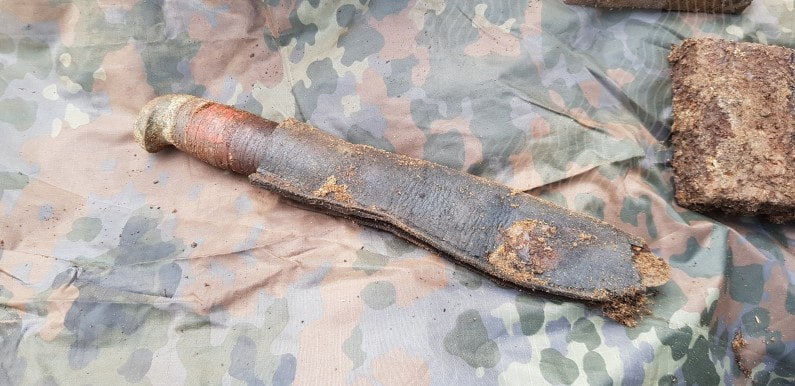


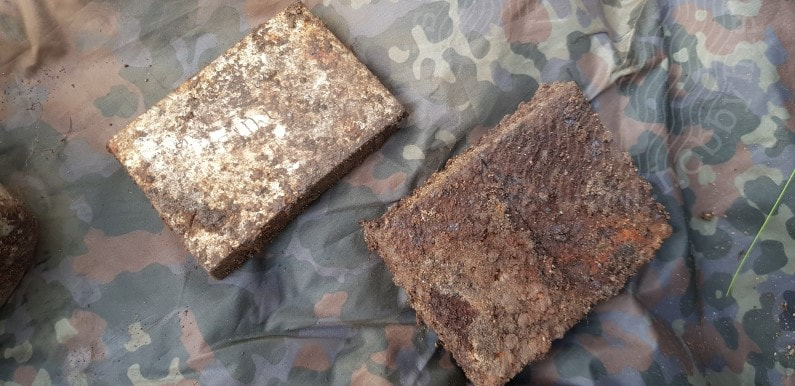





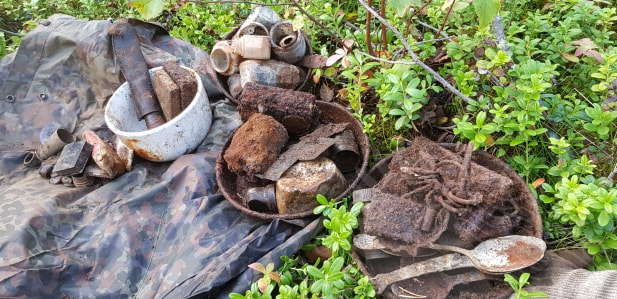

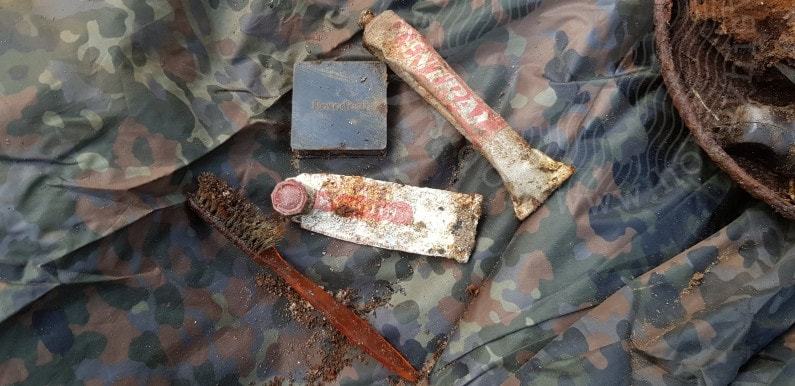


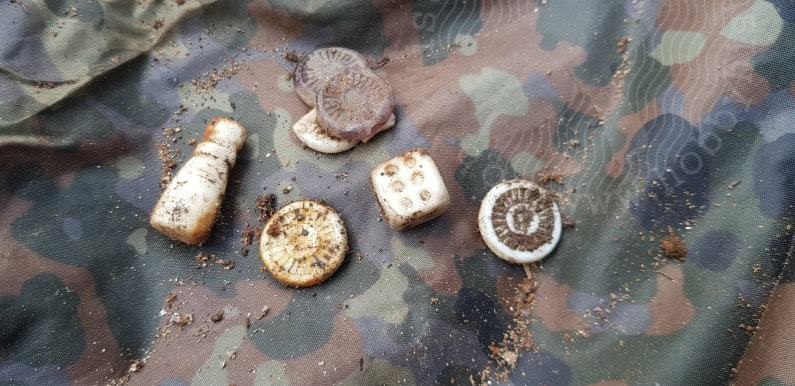

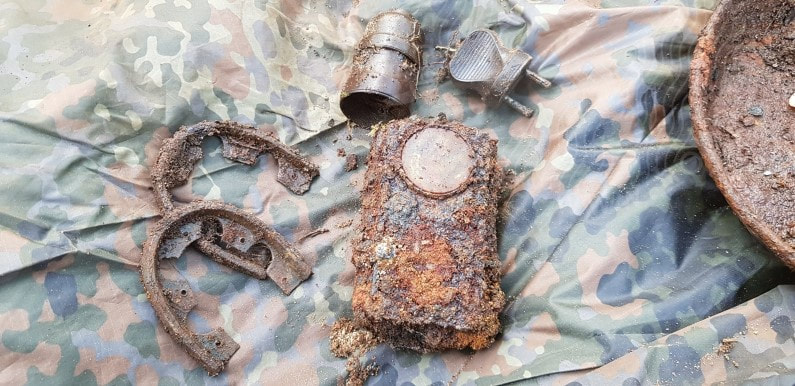





















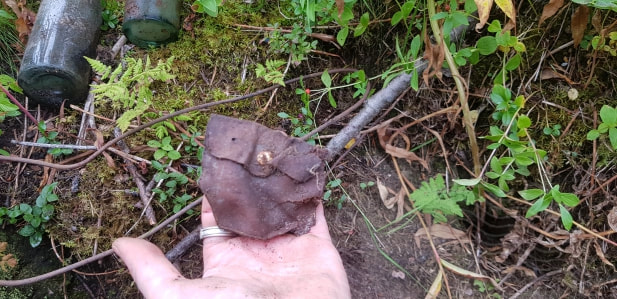






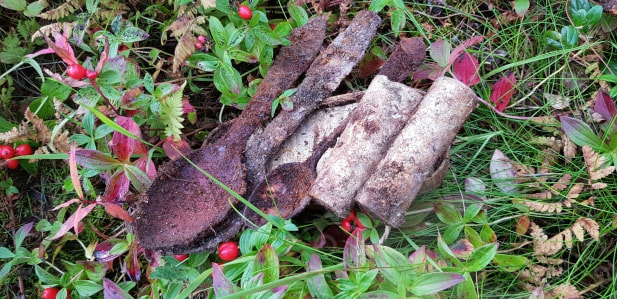








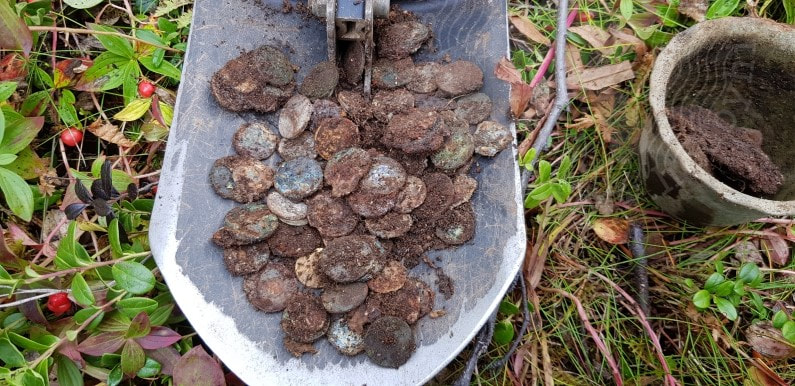
















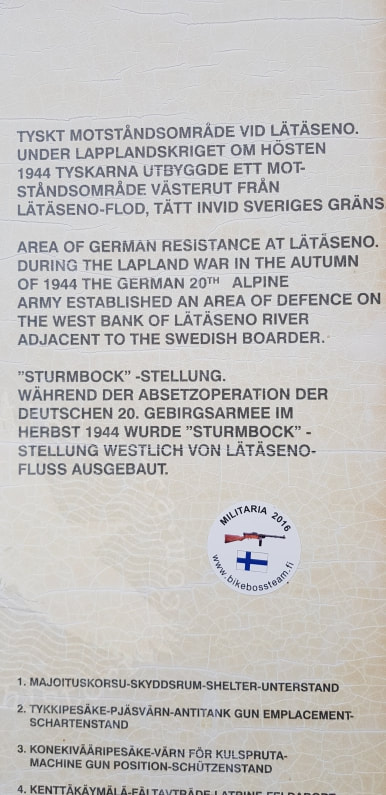
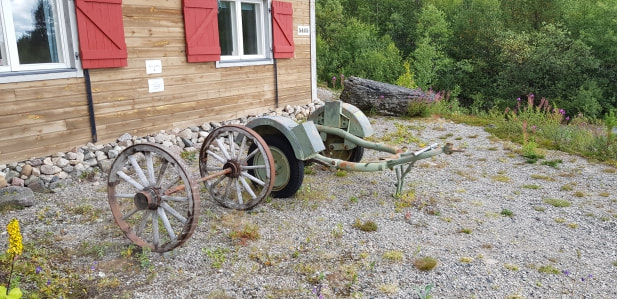


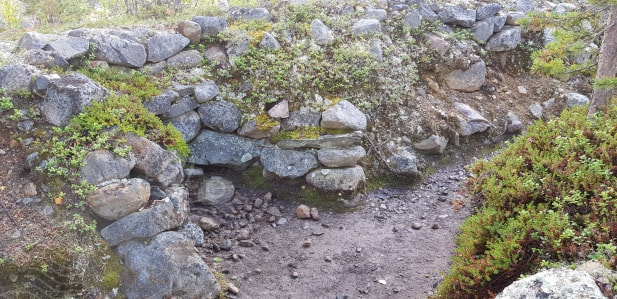


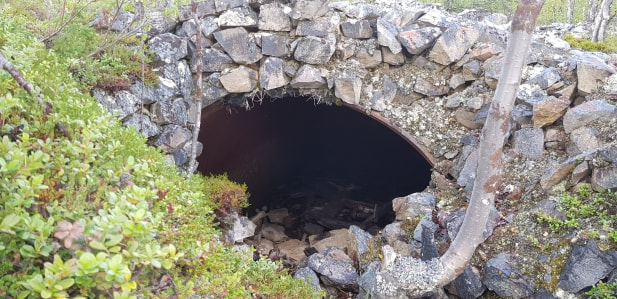

















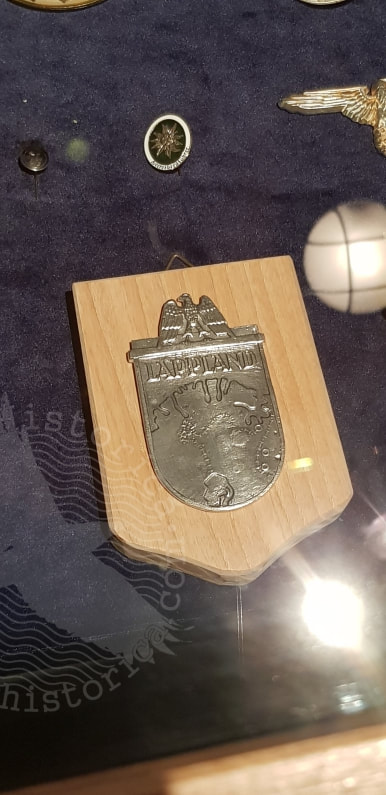



















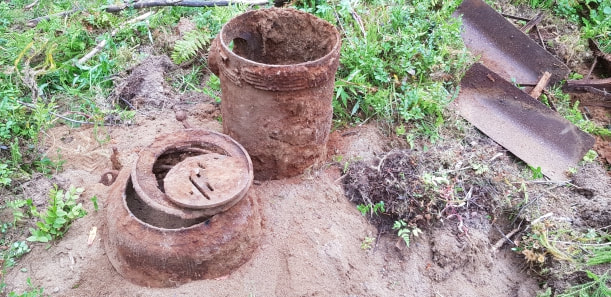
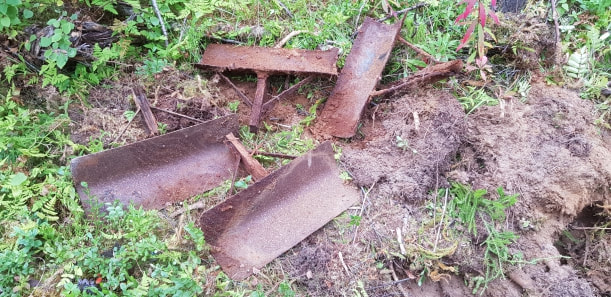
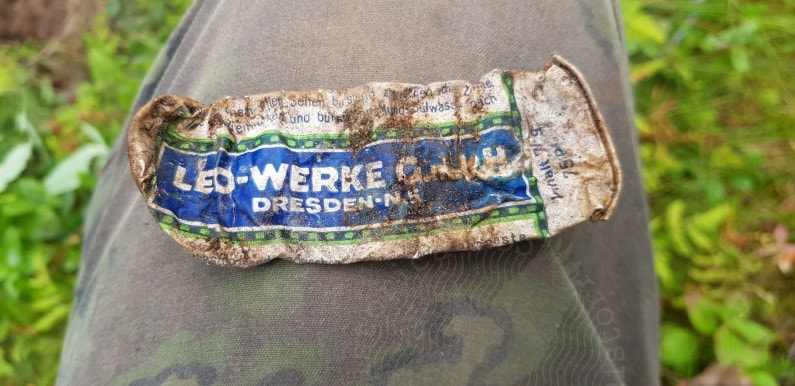

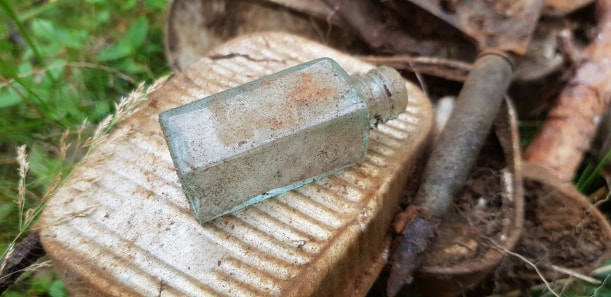

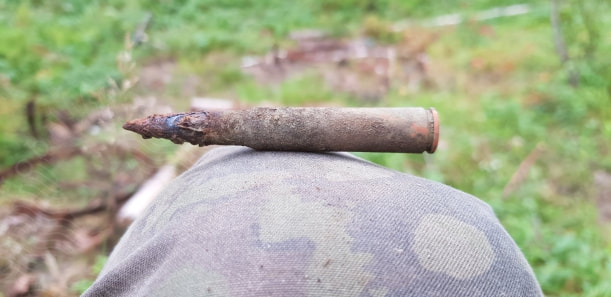
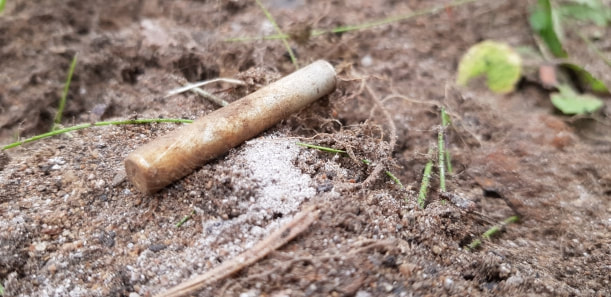



















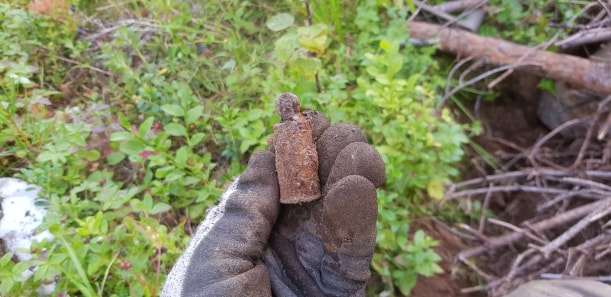


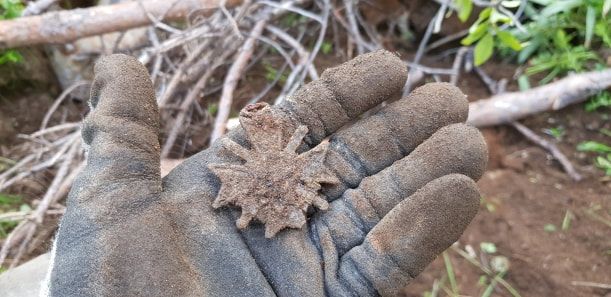







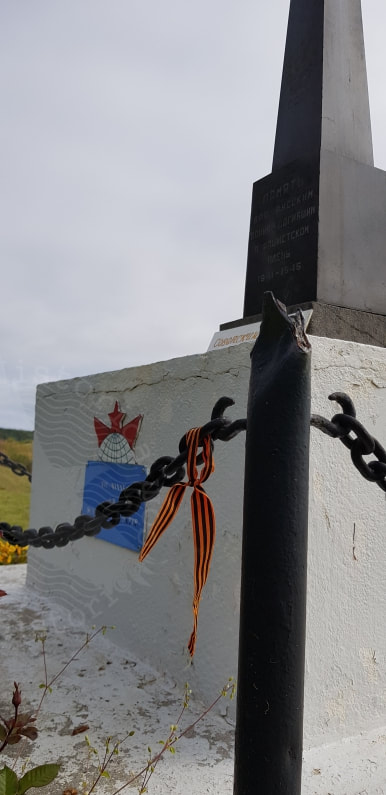

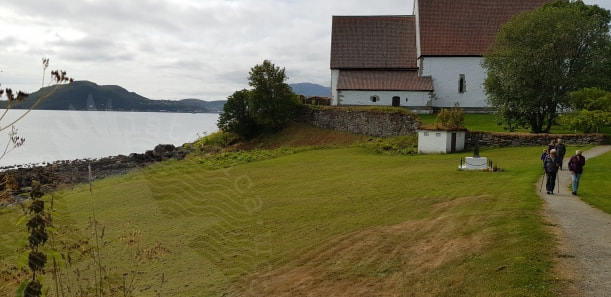







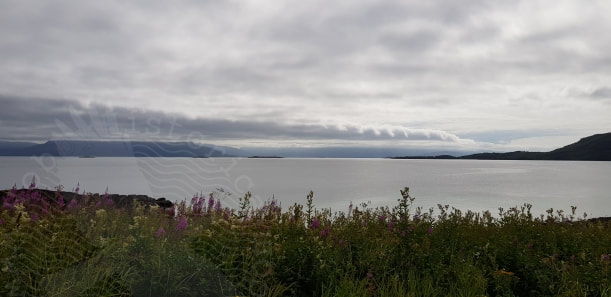

















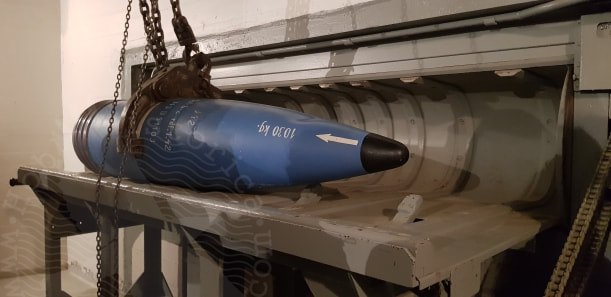










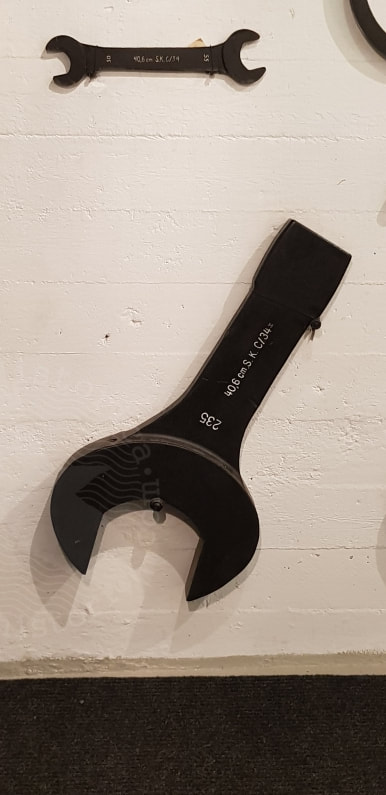


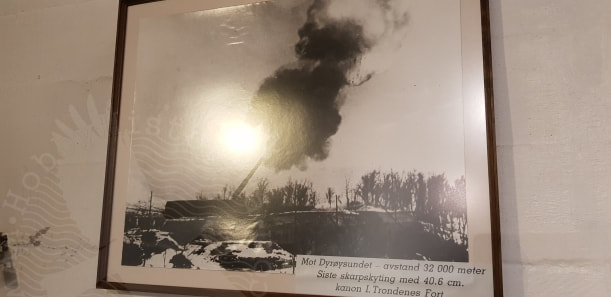
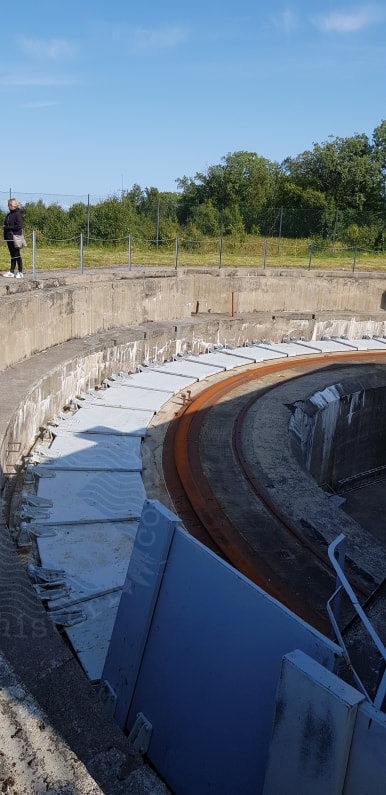






 RSS Feed
RSS Feed